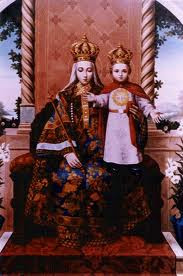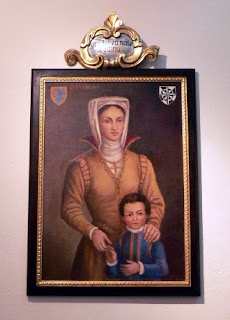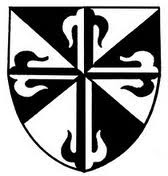
CHINESE LUNAR NEW YEAR: MEMORY OF OUR LADY OF CHINA Today is the liturgical feastday of the BVM Our Lady of China which we celebrate during the conventual mass as it was the custom of the Diocese of Macau; though in Taiwan and in the mainland well as Hong Kong, it is celebrated on the Saturday prior to Mother's day (Second week of May). With the recent imposition of the Feast of Maria Auxilium Christianorum as a day of prayer for the Church in China, this memory seem to have been overshadowed by the latter. ORIGIN OF THIS TITLE According to popular tradition, during the height of the Boxer rebellion in northern China, the Blessed Virgin Mary appeared in Donglu, Hebei province. The mother of Christ appeared to the Christians as protector and consoler, defender for helpless and the righteous. During the historic Council of Shanghai in 1924, the Apostolic Nuncio Celso Constantini led all the Bishops of China to make a collegial act of consecration of China to the Blessed Virgin Mary



